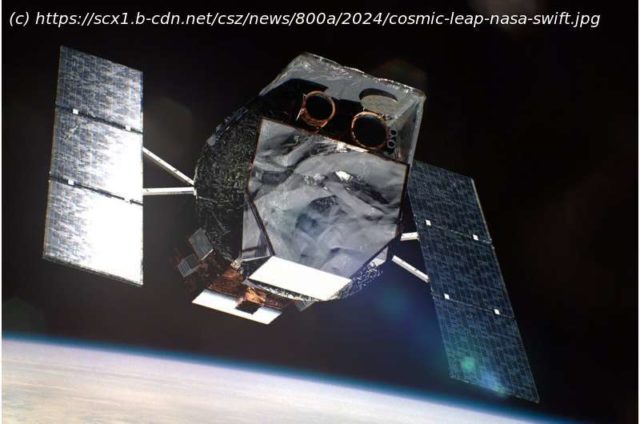The advent of AI has been hailed by many as a societal game-changer, as it opens a universe of possibilities to improve nearly every aspect of our lives.
The advent of AI has been hailed by many as a societal game-changer, as it opens a universe of possibilities to improve nearly every aspect of our lives.
Astronomers are now using AI, quite literally, to measure the expansion of our universe.
Two recent studies led by Maria Dainotti, a visiting professor with UNLV’s Nevada Center for Astrophysics and assistant professor at the National Astronomical Observatory of Japan (NAOJ), incorporated multiple machine learning models to add a new level of precision to distance measurements for gamma-ray bursts (GRBs)—the most luminous and violent explosions in the universe.
In just a few seconds, GRBs release the same amount of energy our sun releases in its entire lifetime. Because they are so bright, GRBs can be observed at multiple distances—including at the edge of the visible universe—and aid astronomers in their quest to chase the oldest and most distant stars. But, due to the limits of current technology, only a small percentage of known GRBs have all of the observational characteristics needed to aid astronomers in calculating how far away they occurred.
Dainotti and her teams combined GRB data from NASA’s Neil Gehrels Swift Observatory with multiple machine learning models to overcome the limitations of current observational technology and, more precisely, estimate the proximity of GRBs for which the distance is unknown. Because GRBs can be observed both far away and at relatively close distances, knowing where they occur can help scientists understand how stars evolve over time and how many GRBs can occur in a given space and time.
Start
United States
USA — IT Cosmic leap: NASA Swift satellite and AI unravel the distance of the...






